After tackling the fantasy world of Sinbad the Sailor, based on the collections from the stories found in Arabic tales of One Thousand and One Nights, Ray Harryhausen and company took up the mantle of the stalled production of Jonathan Swift’s classic tale Gulliver’s Travels, and with the wonders of "Super-Dynamation", they attempted to bring Swift’s satirical masterpiece to life.
Like the book, the movie follows the adventures of Dr. Lemuel Gulliver (Kerwin Matthews), an impoverished surgeon who sets sail aboard a sailing ship but after a shipwreck, he finds himself ashore on the island nation of Liliput, a land populated by people only six inches high, what the movie adds is Gulliver’s fiancée Elizabeth (June Thornburn), who strongly believes Gulliver should settle down in a nice cottage with her and not risk being boiled in a put a pot by savages on some foreign shore, clearly, studio heads thought that Swift’s classic social satire needed a love interest to make the story more palatable to modern audiences so we have Elizabeth stowing away aboard his ship, because why not, and while she doesn’t show up during his Lilliputian adventures she does pop up when he washes ashore in the land of Brobdingnag.
“I didn't ask for a girl action figure?”
The portion of the film that deals with Gulliver trying to prevent war between Lilliput and the neighbouring island nation of Blefuscu is fairly faithful to the book, or at least in spirit, as we find Gulliver' befuddled by the Lilliputian's silly reasoning for war, something to do with which end of an egg a person cracks that becomes the basis of a deep political rift, but even though he ends the war by capturing the Blefuscudian fleet, with no casualties on either side, he is met with more hostility as the Lilliputian admiral points out “Who heard of a war without anyone getting killed, where is the sacrifice above and beyond the call of duty?” Refusing to embrace the absurdness of war, and after embarrassing the Emperor (Basil Syndey) and Empress (Marian Spencer), spraying them with wine to save them from a fire, he flees Lilliput in a newly constructed boat. This segment does manage to capture some of the satirical aspects of Swift’s novel, with it pointedly calling out authority on waging war for no rational reason, and I especially liked the Emperor stating that “Of course, I don't need a prime minister to fight a war! But I need one to blame in case we lose it” unfortunately when the movie continues onto Brobdingnag any such insights are abandoned. This segment of the movie is easily the most faithful to the source material, which to be fair isn't saying much, and it does have some truly iconic visuals and Ray Harryhausen's optical work is quite impressive.
Question: Just how secure is a tied-down giant if the ropes are embedded in the sand of a beach?
When Gulliver’s boat arrives at Brobdingnag, a land populated by giants, he is found by a little girl named Glumdalclitch (Sherry Albonie) and he is brought to the palace because, apparently, the law requires all small creatures to be brought before the King (Grégoire Aslan), and Gulliver is delighted to find that his beloved Elizabeth is there as well. It’s at this point that the movie completely abandons any pretense of following Jonathan Swift’s story as it turns into a battle of science versus superstition, with Gulliver at odds with the court sorcerer Makovan (Charles Lloyd-Pack), who fears for his place at the King’s side and accuses Gulliver of being a witch. In the book, the conflict arises from Gulliver recounting the splendid achievements of his own civilization but his description of the British government and the history of England causes the King to conclude that the English must be a race of “odious vermin” and when Gulliver offers to make gunpowder and cannons the king is horrified by the thought of such weaponry. Why was this changed? Were the filmmaker afraid of offending the British and losing a market share? Sure, why have an astute political discourse when, instead, you can have Gulliver snatched up by a squirrel?
Can we assume that the squirrel thinks Gulliver is nuts?
Stray Observations:
• Kerwin Matthews is slightly more believable here as an 18th Century British doctor than he was as an Arabic sailor in The Seventh Voyage of Sinbad.
• For budgetary reasons the production raided prop houses for whatever they could find and thus we get such anachronisms as the Lilliput populous wearing middle-eastern garb while the sets are medieval European.
• Gulliver fake sneezes to blow away saboteurs who are shaking the tightrope his friend is performing on, but such a blast, as we see, would have surely blown his friend away as well.
• A palace fire is extinguished by Gulliver spitting wine over the flames, unfortunately, he also sprays the Emperor and Empress and is given a death sentence for this act, in this instance, the book is slightly different from Swift’s story in which Gulliver puts out the fire via urination. This is a change I can understand as the visuals of Kerwin Matthews whipping out his dick to put out a fire would have been too much for audiences of the 1960s.
• On their first night together in Brobdingnag, Gulliver discovers that Elizabeth is against premarital sex so he has Glumdalclitch wake up the Royal Court so that the King can marry them, talk about horny and impatient.
• Gulliver is snatched by a “giant” squirrel and taken into its burrow, but why? Are Brobdingnag squirrels carnivores?
• Gulliver is accused of being a witch by the King’s court sorcerer and sentenced to death, which begs the question “Why is witchcraft illegal but not sorcery?”
• For this film Ray Harryhausen’s stop-motion animation technique is upgraded from being called Dynamation to Super Dynamation despite this being an entry with the least amount of his work on screen.
That crocodile is pretty cool, but it doesn’t quite compare to a living skeleton or a giant cyclops.
Jonathan Swift’s Gulliver’s Travels was four-part satirical work that mocked English customs and the politics of the day and for the film the “four-part” aspect of Swift’s story was obviously abandoned because even though the title of this movie is The 3 Worlds of Gulliver he only travels to Lilliput and Brobdingnag and thus the “third world” was must be referring to England, which is a bit of gip if you’ve read the book. That this movie only focuses on the land of little people and the land of giants isn’t anything unusual as most adaptations never touch on the flying island of Laputa nor its neighbouring island of sorcerers, not to mention on his fourth adventure taking him to Houyhnhnms, a land ruled by a race of intelligent and benevolent horses who don’t even have words for deception or evil. There have been several adaptations of Gulliver’s Travels and none have come close to fully embracing the source material – why couldn’t Jack Black have met up with talking horses in his version – but as much as this adaptation failed to capture the essence of Swift’s novel it’s still a fun adventure film and if not the best adaptation it's still a movie that can be enjoyed by the whole family.
Note: Ray Harryhausen's The 3 Worlds of Gulliver is a decent enough movie but, to date, the best adaptation of Gulliver’s Travels is still the 1939 animated film by the Fleischer Brothers.
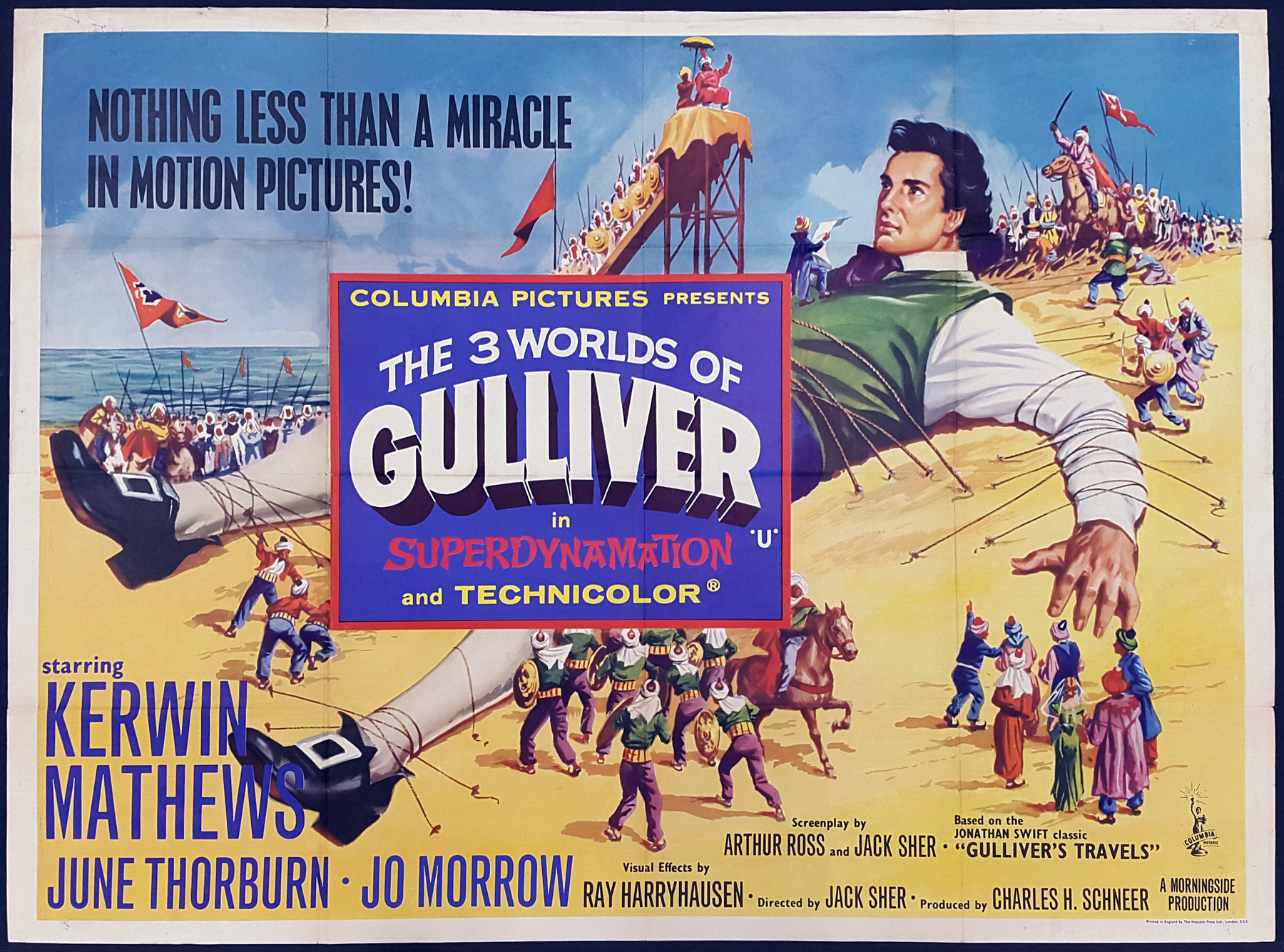
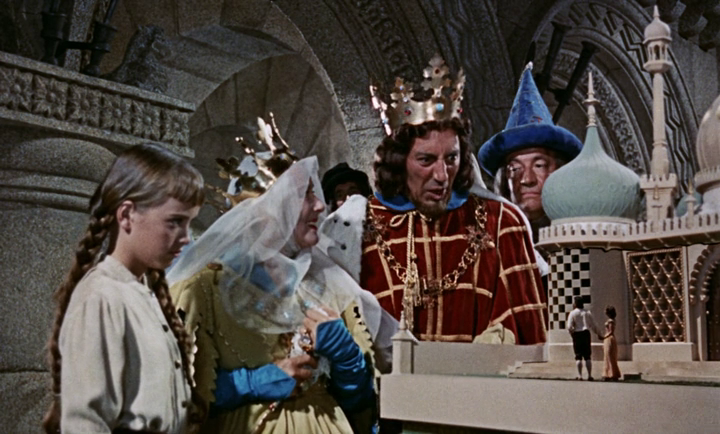
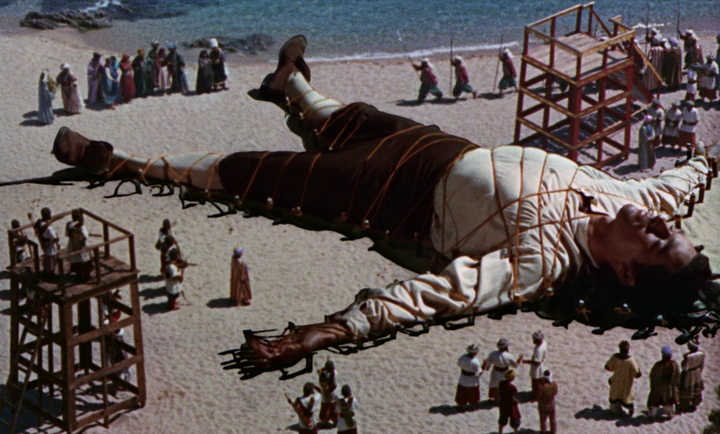
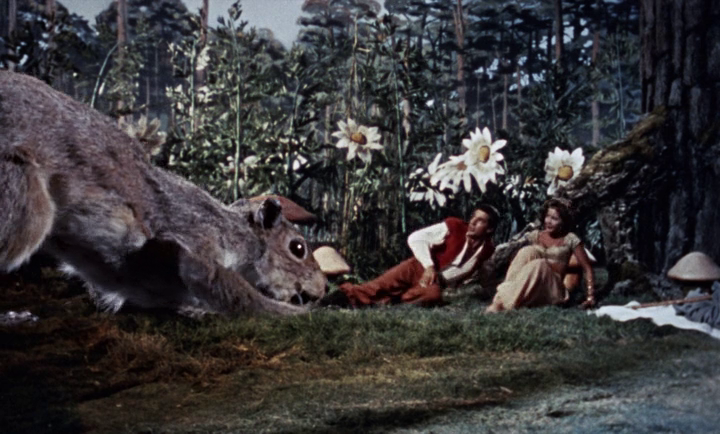
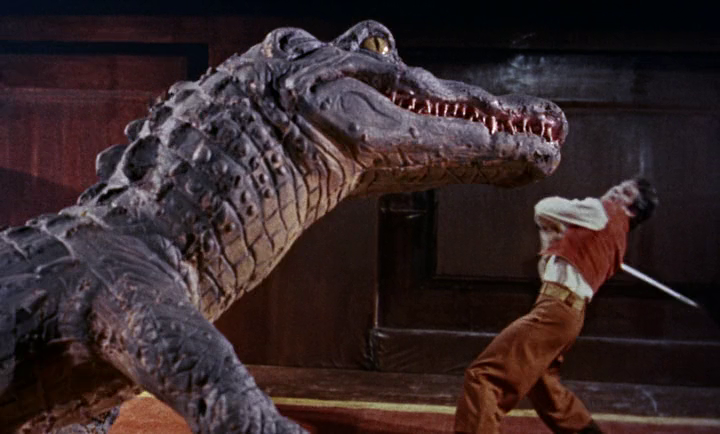


No comments:
Post a Comment